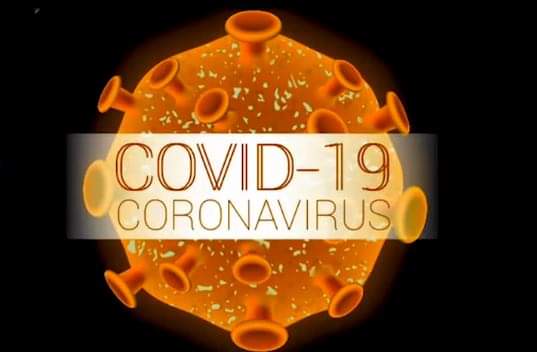
The CDC has added several new symptoms to its list for the coronavirus:
•chills,
•muscle pain,
•headache,
•sore throat,
•repeated shaking with chills, and
•a loss of taste or smell.
The six new symptoms join the existing list: fever, coughing, and shortness of breath or difficulty breathing.
The expanded list could help those who are trying to identify whether they have symptoms related to COVID-19. With a limited number of test kits available, those who want to take a test typically must show symptoms first.
Several patients with COVID-19 began reporting a loss of taste or smell last month, as well as muscle pain, chills, and a headache, NPR reported.
The CDC website still says symptoms appear within 2 to 14 days of exposure to the virus. Importantly, the “emergency warning signs” for COVID-19 include trouble with breathing, persistent pain or pressure in the chest, bluish lips or face, and confusion or not being able to rouse. People with these symptoms should seek medical attention right away, the CDC says.
“This list is not all inclusive,” the CDC adds. “Please consult your medical provider for any other symptoms that are severe or concerning to you.”
Also, older adults and those with other medical conditions, such as heart or lung disease, seem to be at a higher risk for having more serious complications from COVID-19, the CDC says. These people should take extra precautions and monitor their symptoms.
New symptoms may be added to the list as scientists learn more about COVID-19. People have also reported cases of digestive issues, such as diarrhea, according to USA Today.
Others have reported purple or blue lesions on their feet, most commonly in children and young adults, which are being called “COVID toes,” the newspaper reported. There have also been reports of COVID patients getting pinkeye.
The virus could also trigger strokes in adults as a result of blood clotting issues, even in patients without a previous medical history and mild symptoms, tests have shown.
Medical societies like the American Academy of Dermatology have launched registries to share information about COVID-19 cases. Dermatologists are studying the bluish toes on its registry, for instance.
Source: CDC, USA












